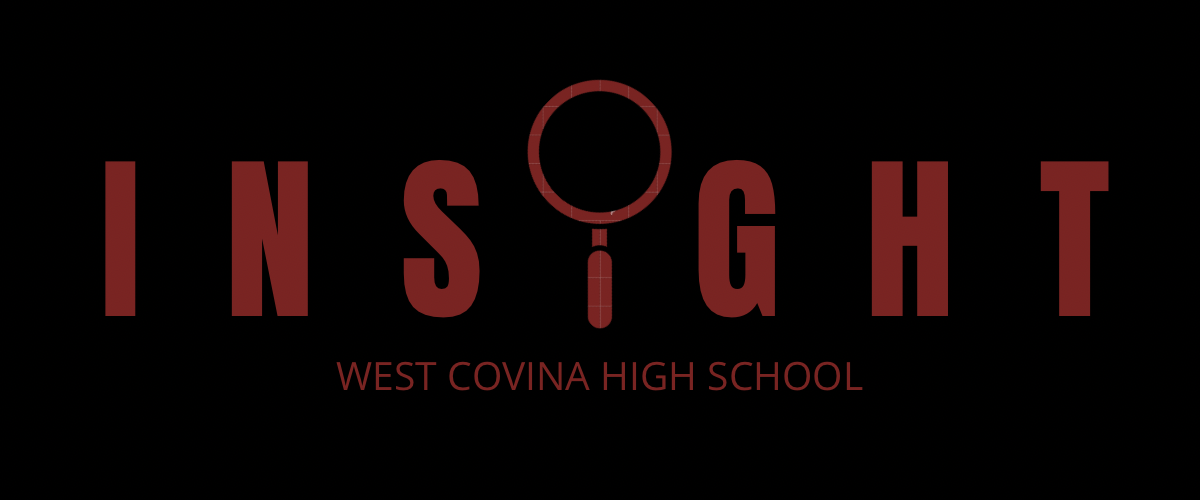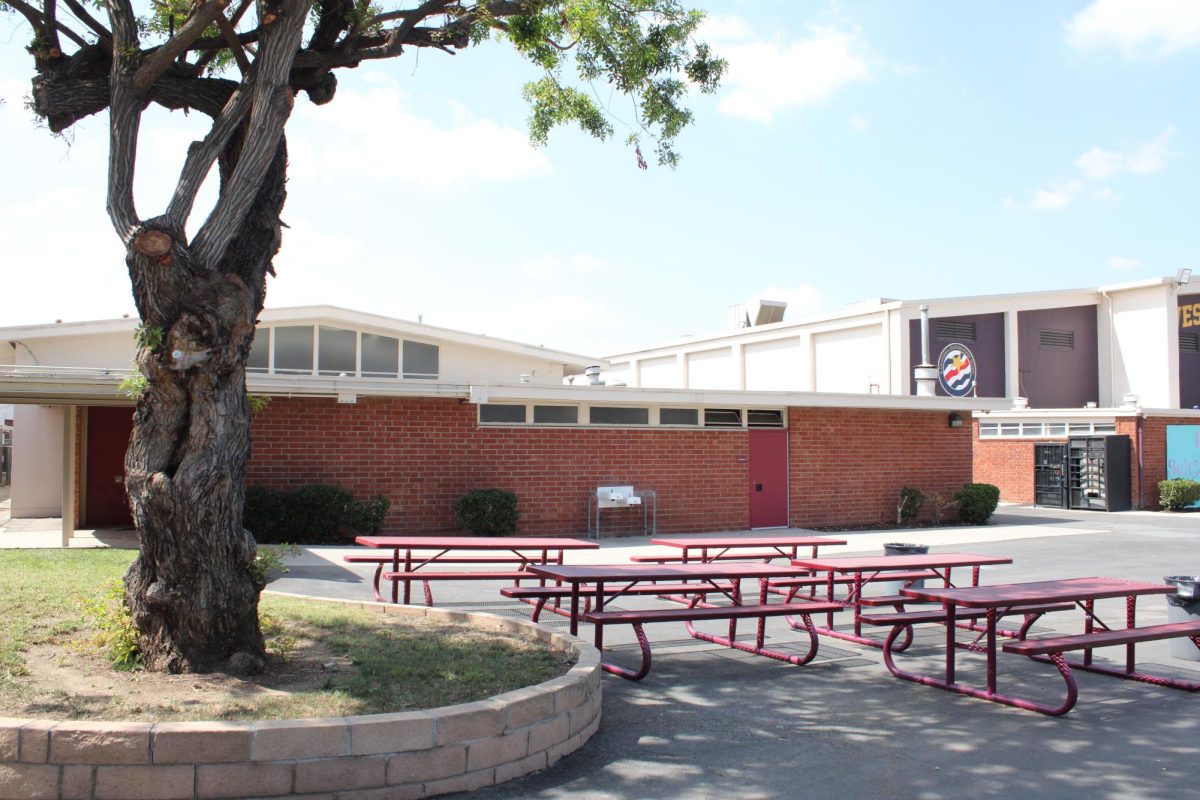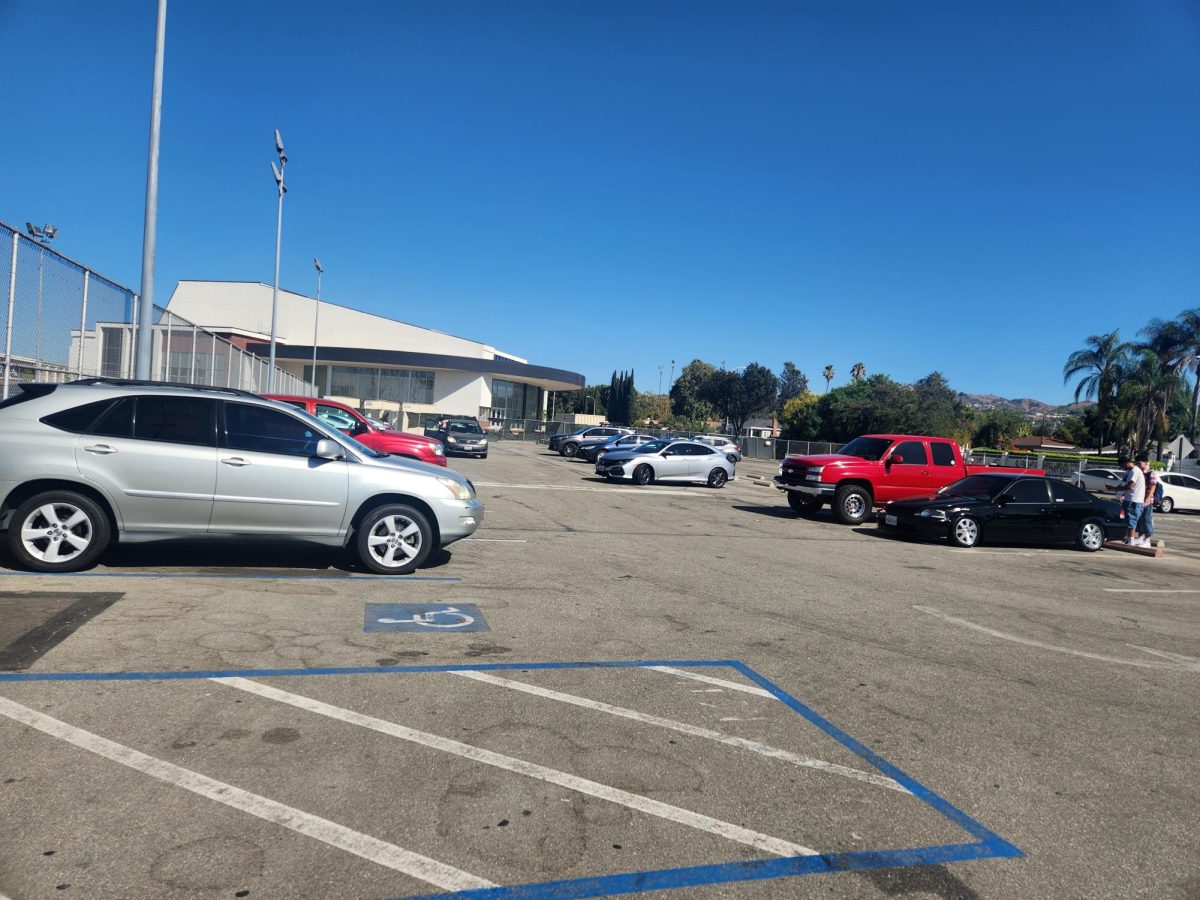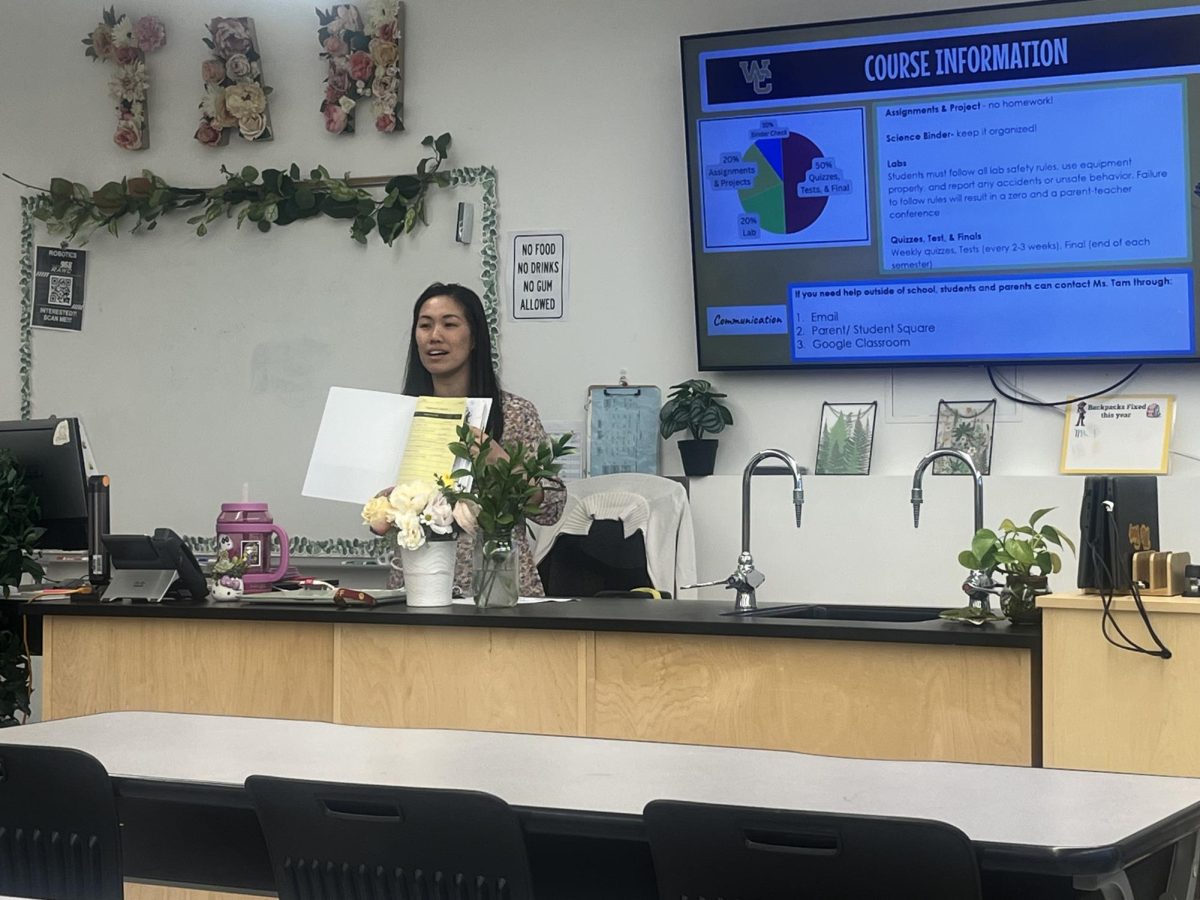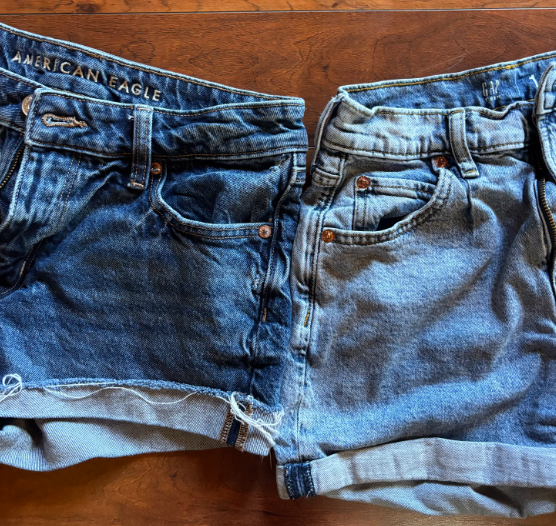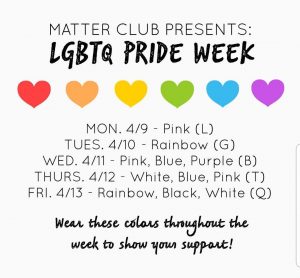
BY STEPHANIE REUFF
Starting on Monday April 9 through Friday April 13, the LGBTQ community at West Covina was represented with colors and open minds. On Monday, the lesbian community was represented by students wearing pink. Representing whether they were apart of the lesbian community or supported them. On Tuesday, the gay community was represented by wearing rainbow. On Wednesday, the bi-sexual community was represented by wearing pink, purple, and blue. On Thursday, the transgender community will be represented by wearing white, blue, and pink. On Friday, the queer community will be represented by wearing rainbow, black, and white.
For those who don’t know the history of the rainbow flag, or any of the other flags represent for the LGBTQ community, here is a little history lesson. The rainbow flag was created in 1978 by artist, designer, Vietnam War veteran, and then drag performer, Gilbert Baker. The original flag had 8 colors representing different meanings. The top is hot pink, which represents sex. Next, is red for life, orange for healing, yellow for sunlight, green for nature, turquoise for art, indigo for harmony, and violet at the bottom for spirit.
The bi-sexuality flag was created in 1988, when Michael Page designed the flag to gain some representation in the community. Bi-sexuals used to feel unwanted in the LGBTQ community because they saw the rainbow flag as just for gays and lesbians. After Michael Page created the flag there was a boom in bi-sexual representation for over 20 years. The color came from the idea of the biangle, the triple triangle motif.
Labrys Lesbian Pride flag represents lesbians, women, feminism, and all people who identify as female who are attracted to females. Labrys became a symbol of lesbians and feminists due to the popularity of a female empowerment publication called Labrys Magazine.

